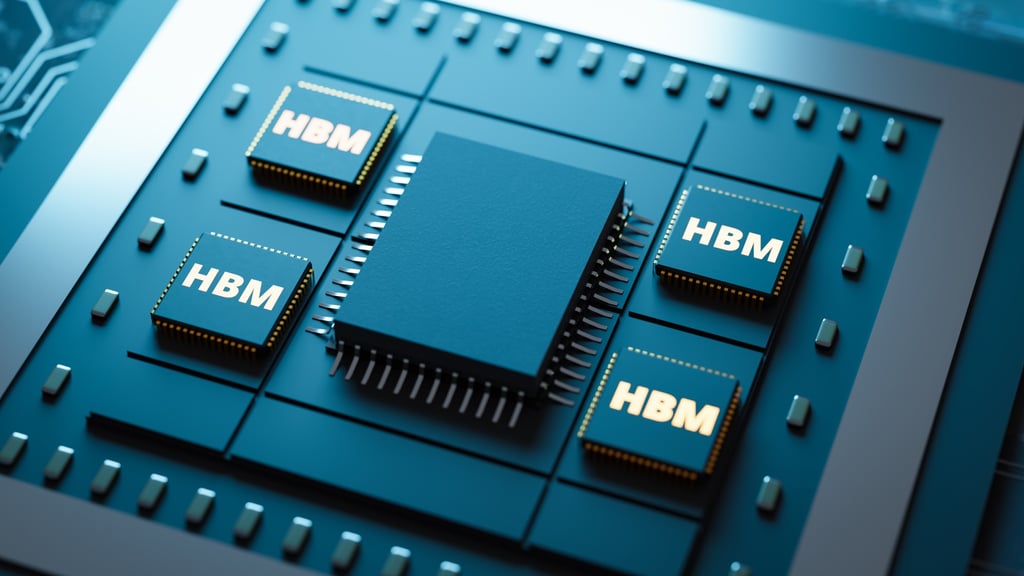China’s semiconductor imports continue to expand, according to the country’s latest customs data, amid reports mainland enterprises are rushing to stockpile integrated circuits (ICs) ahead of potential new restrictions on high-bandwidth memory (HBM) chips by the United States.
In the first seven months of 2024, chip imports totalled 308.1 billion units, worth about US$212 billion, according to data published on Wednesday by the General Administration of Customs. That marked a 14.5 per cent year-on-year jump in volume and 11.5 per cent increase in dollar value.
The surge in IC imports reflects expectations that the US will impose fresh unilateral restrictions on the mainland’s access to HBMs, which a Reuters report on Tuesday described as the impetus for mainland Big Tech firms – including Huawei Technologies and Baidu – to stockpile such chips made by Samsung Electronics.
A recent Bloomberg report said those US measures could be rolled out as soon as next month. HBM chips – typically bundled with artificial intelligence (AI) accelerators, such as graphics processing units from Nvidia – are indispensable components for building large language models, the technology underpinning generative AI services such as OpenAI’s ChatGPT.

That scramble for chips has resulted in mainland China accounting for 30 per cent of Samsung’s HBM revenue in the first half of this year, according to the Reuters report.
China’s total IC imports in 2023 was valued at US$349 billion, down 15.4 per cent from 2022.
Customs data also showed that mainland semiconductor exports from January to July reached 166.6 billion units, up 10.3 per cent from a year earlier. Total value during that period rose 22.5 per cent year on year to US$90 billion.
China’s IC exports reflected strong overseas demand for so-called legacy chips that are widely used in cars, home appliances and various consumer electronics products. In July alone, IC exports reached 27.3 billion units worth US$13.9 billion, according to the customs data.
That increase comes amid a recovery in consumer electronics products, including smartphones. Global smartphone shipments expanded 12 per cent in the June quarter, according to data from market research firm Canalys.

If Washington enacts new semiconductor restrictions, its rules are expected to cover memory chips categorised as HBM2 and more advanced iterations that include HBM3 and HBM3E, as well as the tools required to make these products, according to the Bloomberg report.
China, however, has doubled down on efforts to achieve self-sufficiency in its semiconductor industry by creating the country’s largest-ever chip investment fund, disregarding mounting pressure from US tech sanctions.
The third phase of the China Integrated Circuit Industry Investment Fund, also known as the “Big Fund”, was established in May with a registered capital of 344 billion yuan (US$48.2 billion).


